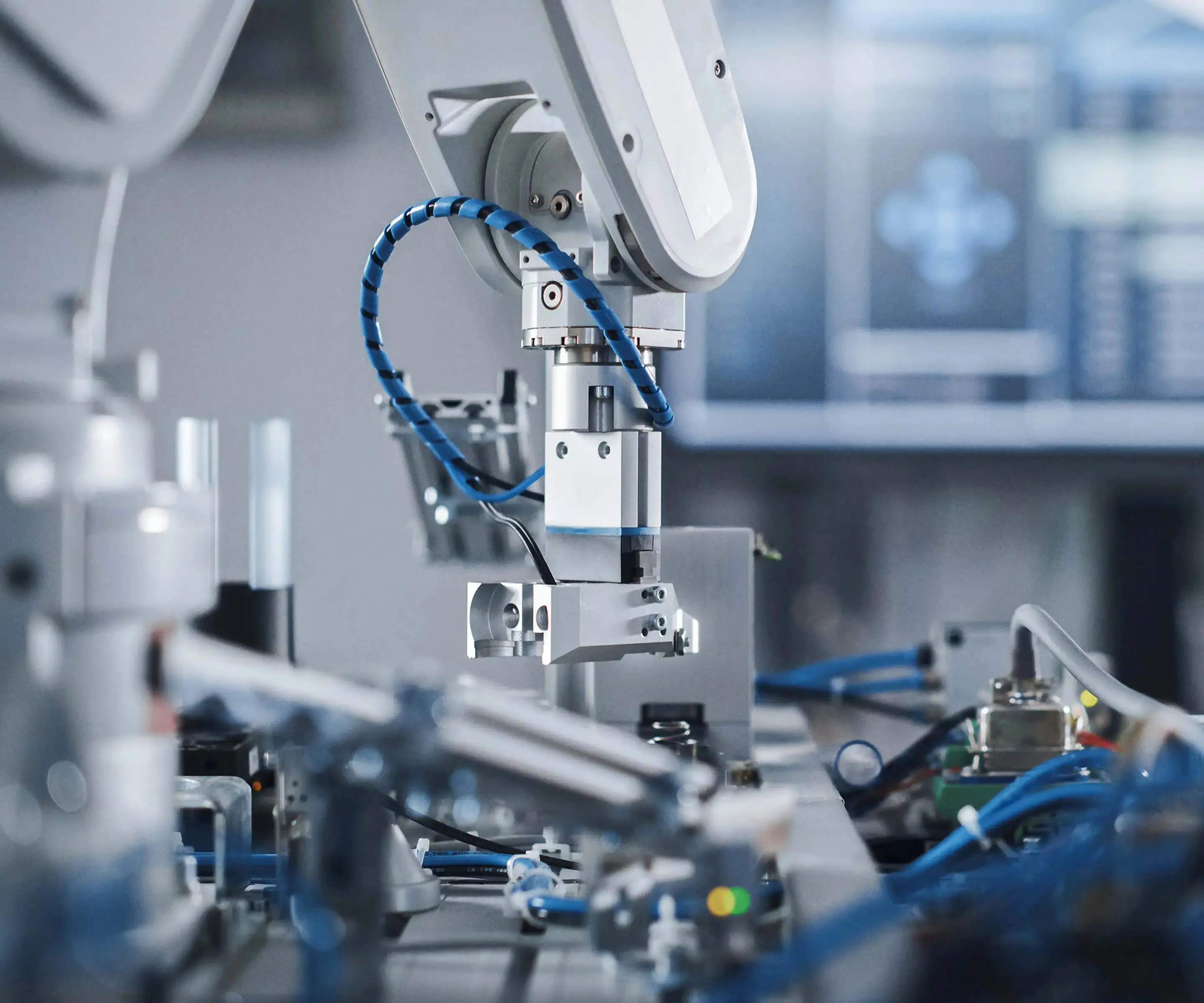Certainly! Here’s the first part of a compelling, attractive article centered around the theme “n20 gear motor 3d model,” crafted to pique interest and provide valuable insights.

Unlocking Innovation with N20 Gear Motor 3D Models: A Deep Dive into Design and Application
In the rapidly evolving universe of robotics, automation, and DIY tech projects, the humble gear motor might not always be front and center—but it’s undoubtedly the backbone of countless innovations. Among these, the N20 gear motor emerges as a favorite for engineers, hobbyists, and entrepreneurs alike. Its compact size, affordability, and versatility make it an essential component for a broad spectrum of applications—from small robotic arms to precision automation systems.
But what if we could see inside these tiny yet complex devices? What if we could manipulate their design before ever building a physical prototype? That’s where 3D modeling comes into play. A detailed N20 gear motor 3D model serves as a window into the inner workings, enabling design optimization, customization, and even fostering new innovations.
What is an N20 Gear Motor?
The N20 gear motor is a small, cylindrical electric motor with a gear reduction attached, typically used to produce high torque in compact spaces. Its name—“N20”—refers to its size, roughly 20mm in diameter, fitting neatly into many small-scale applications. These motors are often brushed DC motors, powered by up to 12V, capable of producing rotational outputs suitable for precise control in various projects.
Their primary benefits include:
Size and weight: Small enough for tight spaces.
Cost-effectiveness: Widely available at low prices.
Variety: Different gear ratios to match project requirements.
Ease of integration: Simple to connect and control via standard microcontrollers.
The Power of 3D Modeling in Gear Motor Design
While N20 gear motors are mass-produced, customizing or integrating them into unique projects calls for a deep understanding of their structure. This is where 3D models shine. A high-fidelity 3D model not only helps visualize the motor’s external features but also exposes all internal components—gear trains, bearings, shaft, stator, and rotor.
By having access to an accurate 3D model, engineers and designers can:
Perform simulations: Analyze stress, thermal effects, or electromagnetic fields.
Optimize design: Adjust gear ratios or housing dimensions for specific needs.
Create custom mounts or enclosures: Ensure perfect fit within larger assemblies.
Enable additive manufacturing: 3D print custom parts or entire motor housings for prototypes or small-batch production.
Advantages of Using N20 Gear Motor 3D Models in Design
Using a detailed 3D model streamlines the development process:
Rapid Prototyping: Engineers can simulate fit and function before committing to fabrication, reducing errors and saving time.
Cost Savings: Virtual modifications prevent costly reworks in machining or assembly.
Customization: Tailor gear ratios, shaft lengths, or motor mounts to fit project-specific needs.
Educational Value: For students and hobbyists, dissecting these models deepens understanding of gear mechanics and electric motor design.
Applications Powered by N20 Gear Motor 3D Models
Various industries leverage these models for innovations:
Robotics: Small robots need compact, reliable motors precisely modeled for integration.
DIY Projects: Makers can design and print custom mounts or gearboxes that fit their unique setups.
Prototyping: Entrepreneurs and engineers develop new gadgets, using 3D models for testing fit and function.
Educational Tools: Demonstrations of gear trains and motor internals become tangible and interactive.
The Role of 3D Printing in Enhancing Development
With the advent of affordable 3D printers, creating physical prototypes from the 3D models of N20 gear motors has never been easier. For hobbyists, this means rapid iteration—testing different gear ratios or enclosure designs without waiting weeks for custom parts. For manufacturers, it offers the chance to develop tailored housings or mounting brackets, aligning with the precise specifications derived from their digital models.
Customization and Future Trends
The future of N20 gear motor design lies in its adaptability. As 3D modeling software advances, so does the potential for complex internal geometries and integrated features. Imagine gear motors with built-in sensor mounts, modular gear sets, or improved efficiency—each of these innovations can be visualized, tested, and refined through detailed 3D models.
Moreover, as open-source communities share their designs, a collaborative environment develops, fostering innovation and democratizing access to high-quality gear motor models. This openness accelerates the pace of innovation across hobbyist and professional domains alike.
Established in 2005, Kpower has been dedicated to a professional compact motion unit manufacturer, headquartered in Dongguan, Guangdong Province, China.




































